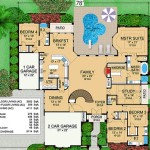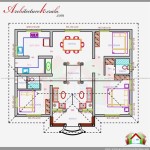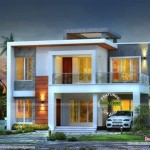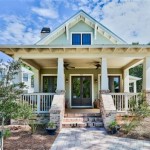Essential Considerations for Landscape Timber Cabin Home Design Plans
Embarking on the journey of designing a landscape timber cabin home requires careful planning and consideration of essential aspects. From idyllic placement to functional layouts and sustainable practices, every detail plays a pivotal role in creating a harmonious and livable space.
1. Site Selection and Orientation
The location and orientation of your timber cabin significantly impact its comfort and efficiency. Choose a site with favorable sunlight exposure for natural lighting and warmth. Consider prevailing wind patterns to optimize ventilation and minimize heat loss. A sloping site can facilitate water drainage, while a secluded location ensures privacy and tranquility.
2. Cabin Size and Layout
The size of your cabin should accommodate your lifestyle and needs. Plan for sufficient living space, sleeping quarters, storage, and any desired amenities. A well-thought-out layout optimizes space utilization, ensures smooth traffic flow, and creates a comfortable atmosphere. Consider open floor plans to maximize natural light and foster a sense of spaciousness.
3. Material Selection
Landscaping timber is a versatile material for cabin construction. Choose durable and weather-resistant species like cedar, redwood, or pressure-treated pine. Consider the aesthetic appeal and how the material will complement the surrounding landscape. Opt for sustainable options to minimize environmental impact, such as reclaimed or certified sustainable lumber.
4. Roofing and Insulation
The roof protects your cabin from the elements and influences its energy efficiency. Select a roofing material that is durable, waterproof, and suits the architectural style. Insulation is essential for maintaining a comfortable indoor temperature year-round. Choose materials with high R-values to minimize heat loss and gain.
5. Windows and Doors
Windows and doors provide natural light, ventilation, and access to the outdoors. Select energy-efficient models with double or triple glazing to reduce heat loss. Consider the placement of windows to maximize natural daylighting and frame stunning views. Doors should be well-insulated, secure, and complement the overall aesthetic.
6. Sustainable Practices
Incorporate sustainable practices into your design to minimize environmental impact. Implement passive solar design principles to harness natural sunlight for heating. Choose materials with low embodied energy and prioritize renewable energy sources, such as solar panels or geothermal heating. Consider rainwater harvesting systems and water-efficient appliances to reduce water consumption.
7. Outdoor Living Space
Extend your living space beyond the cabin walls by creating an inviting outdoor area. Design a deck or patio for relaxation and entertaining. Integrate fire pits or outdoor kitchens to provide warmth and a hub for gatherings. Plan for landscaping that complements the cabin and enhances the overall ambiance.
By carefully considering these essential aspects, you can create a landscape timber cabin home that is both functional and aesthetically pleasing. Embrace the beauty of natural surroundings, incorporate sustainable practices, and craft a space that aligns with your dreams and lifestyle.

Log Home Planning Step 1 Design Timberhaven Timber Homes

Floor Plans For Timber Frame Homes Precisioncraft Rustic House Modern Lake Cabin

Timber Frame Cabin Plan The Pine Hollow 2 000 Sq Ft

The Woodhouse Guide To Timber Frame Cabin Styles Company

House Plan Floor Timber Frame Plans For Log Cabin Luxury Designs Backgrounds Jpg Free Pikbest

Plan 31171d 2 Bed Rustic Cabin With 10 Deep Front Porch Small Cottage House Plans Floor

Get To Know Woodhouse S Adirondack Timber Frame Cabin Designs The Company

Custom Floor Plans Beaver Mountain Log Cedar Homes

Eagle Rock Log Home Package Timberhaven Timber Homes

The Single Floor Cabin House Project Simple Elegant Practical








